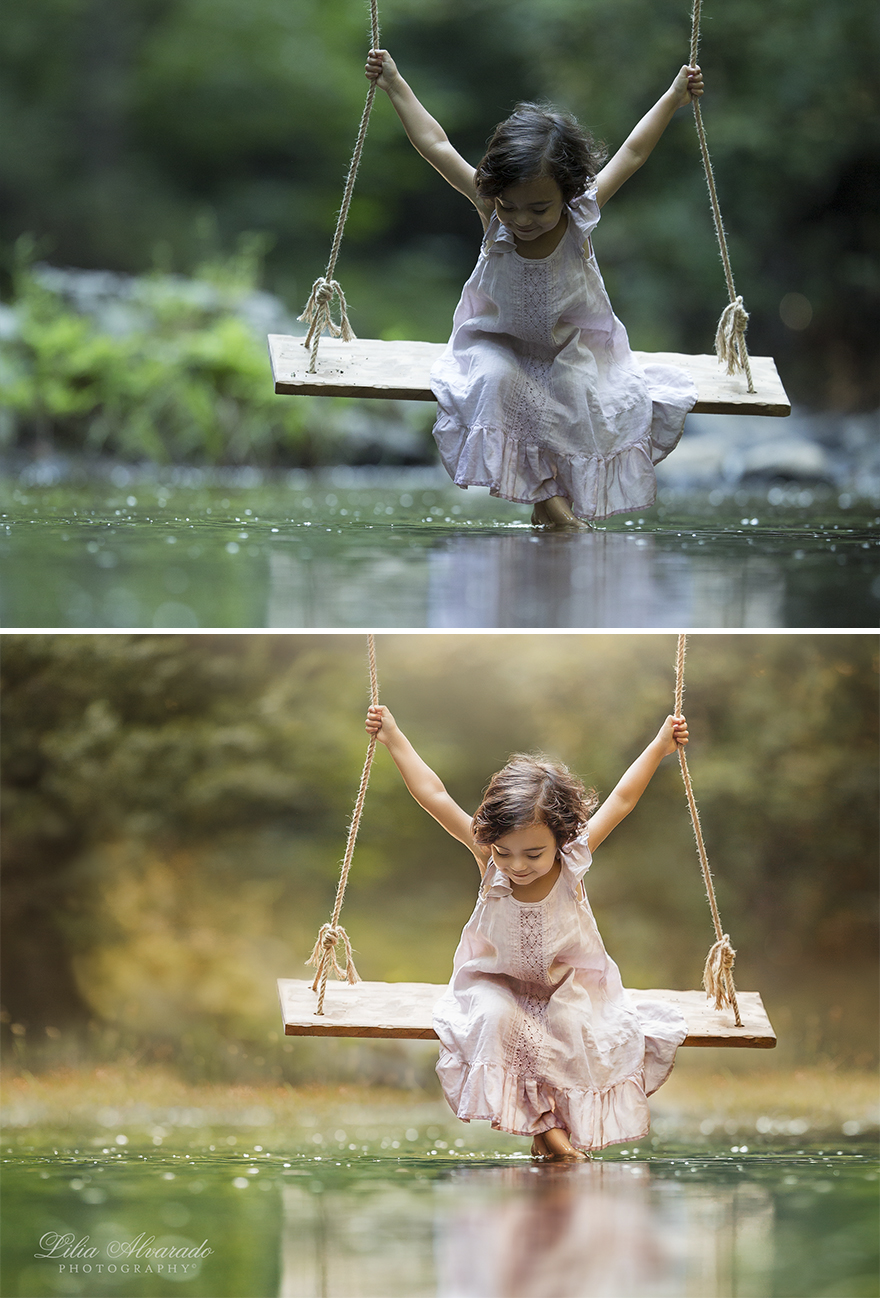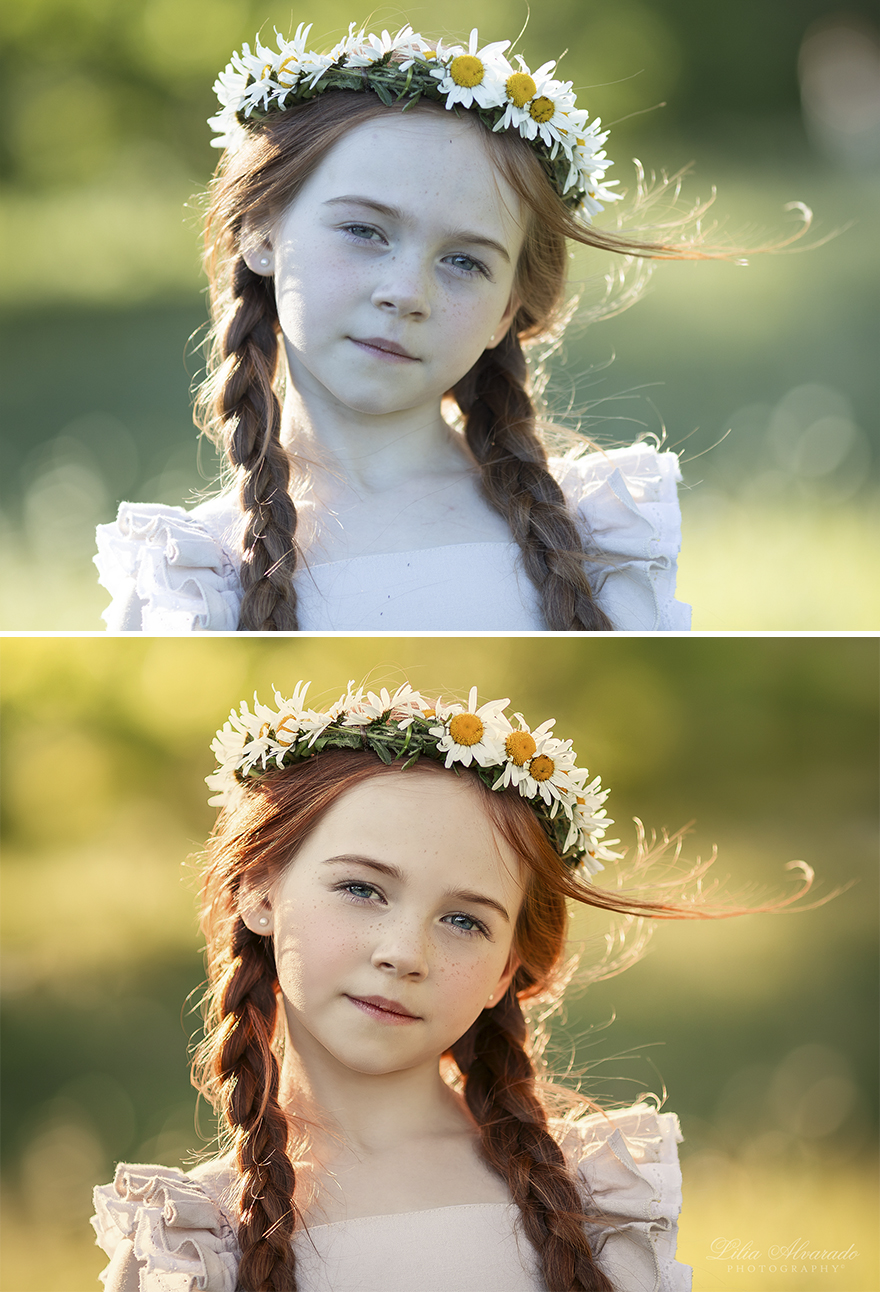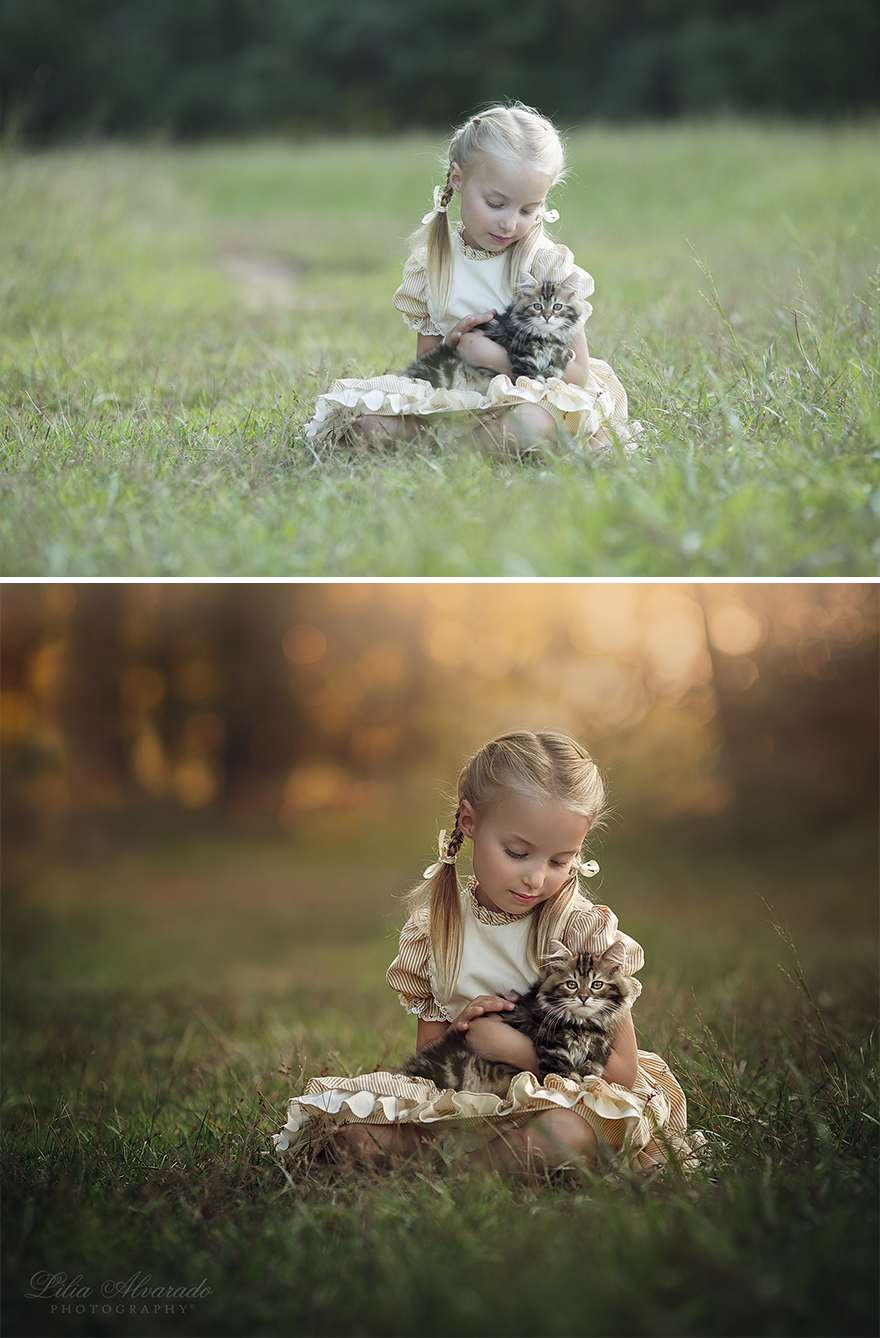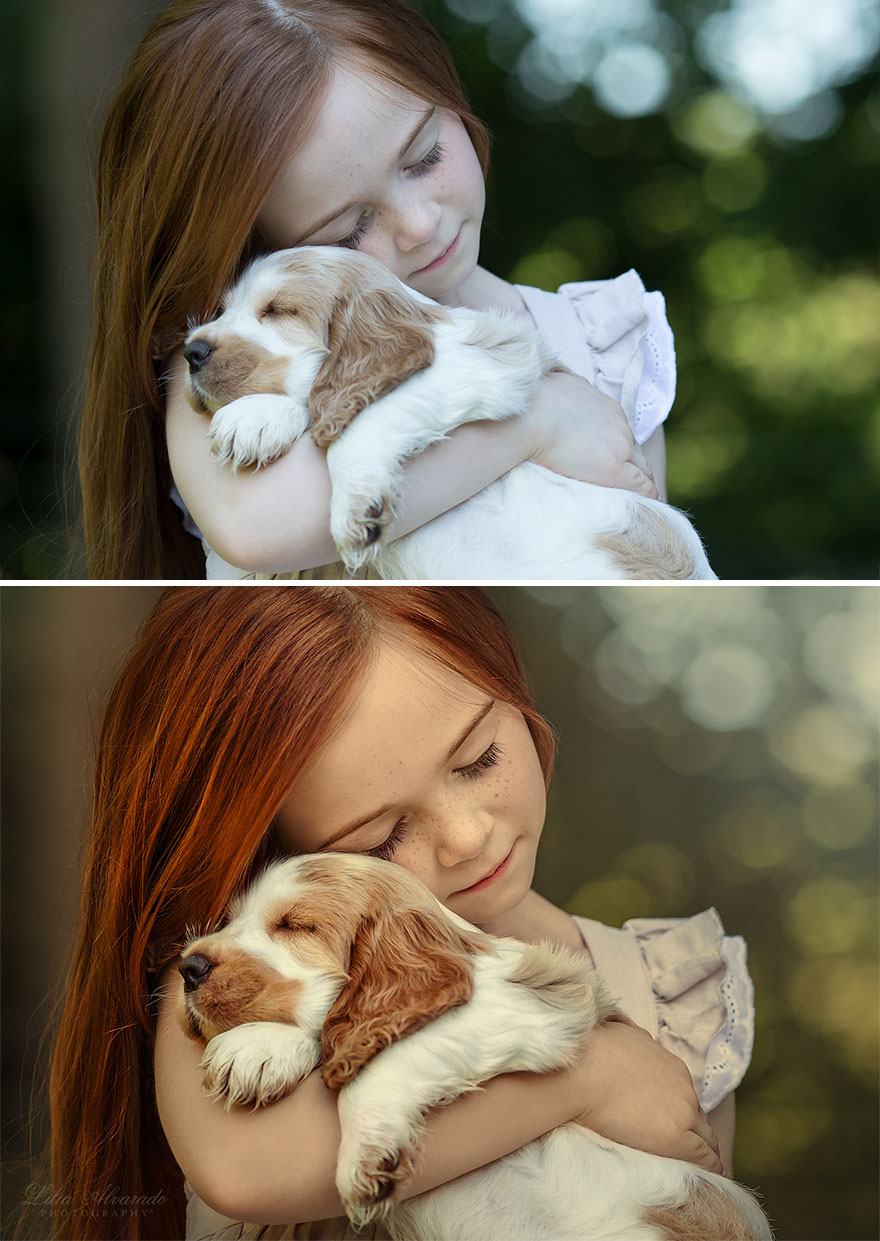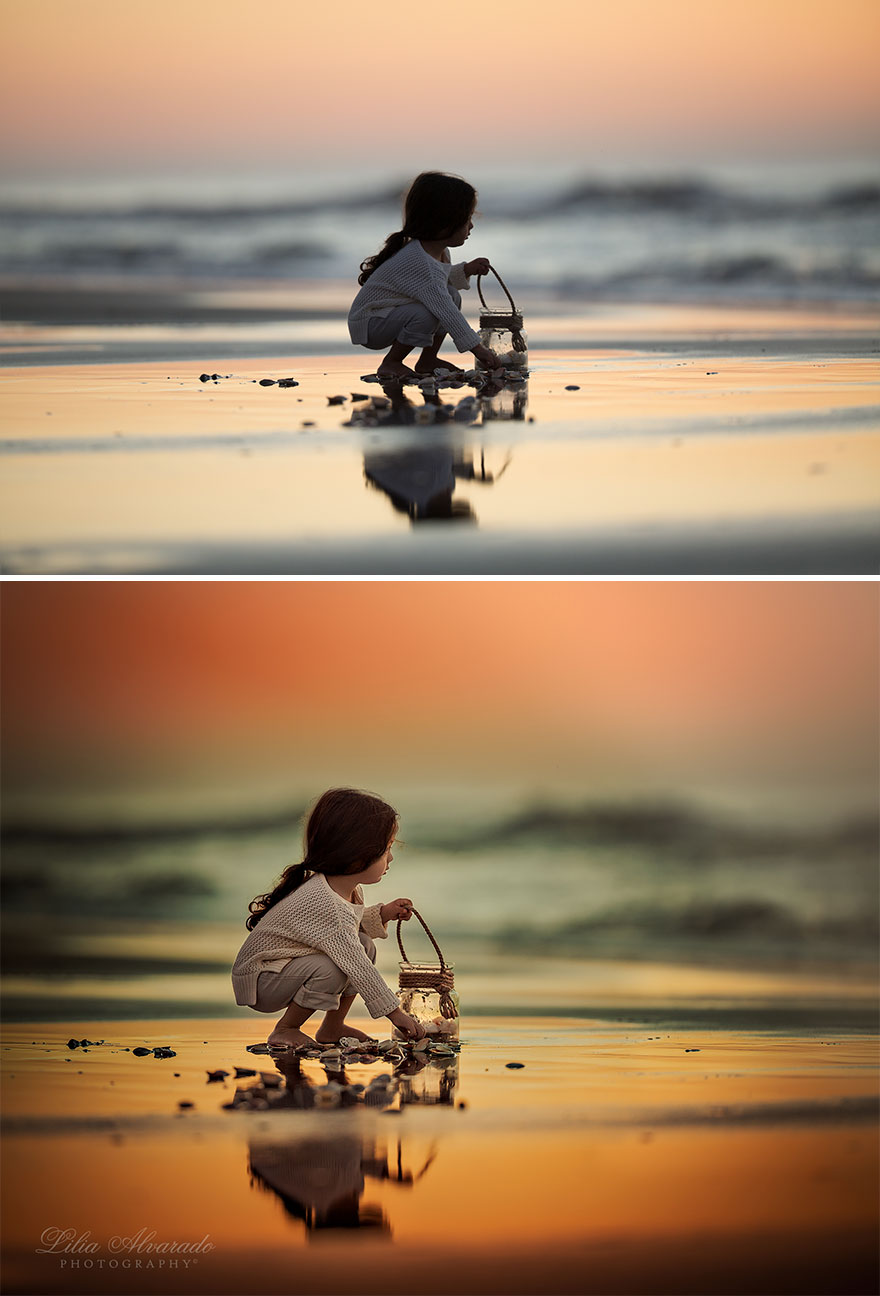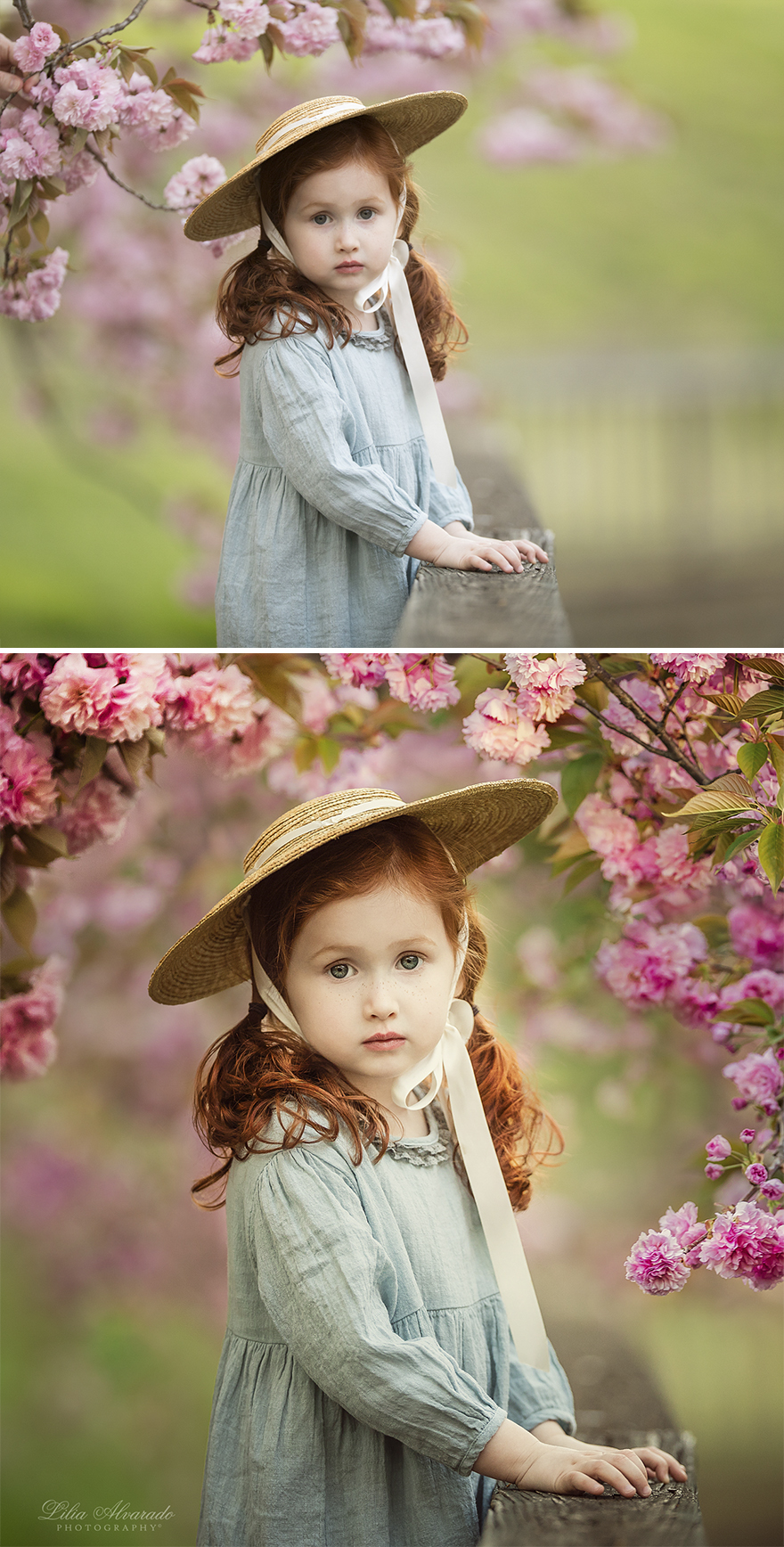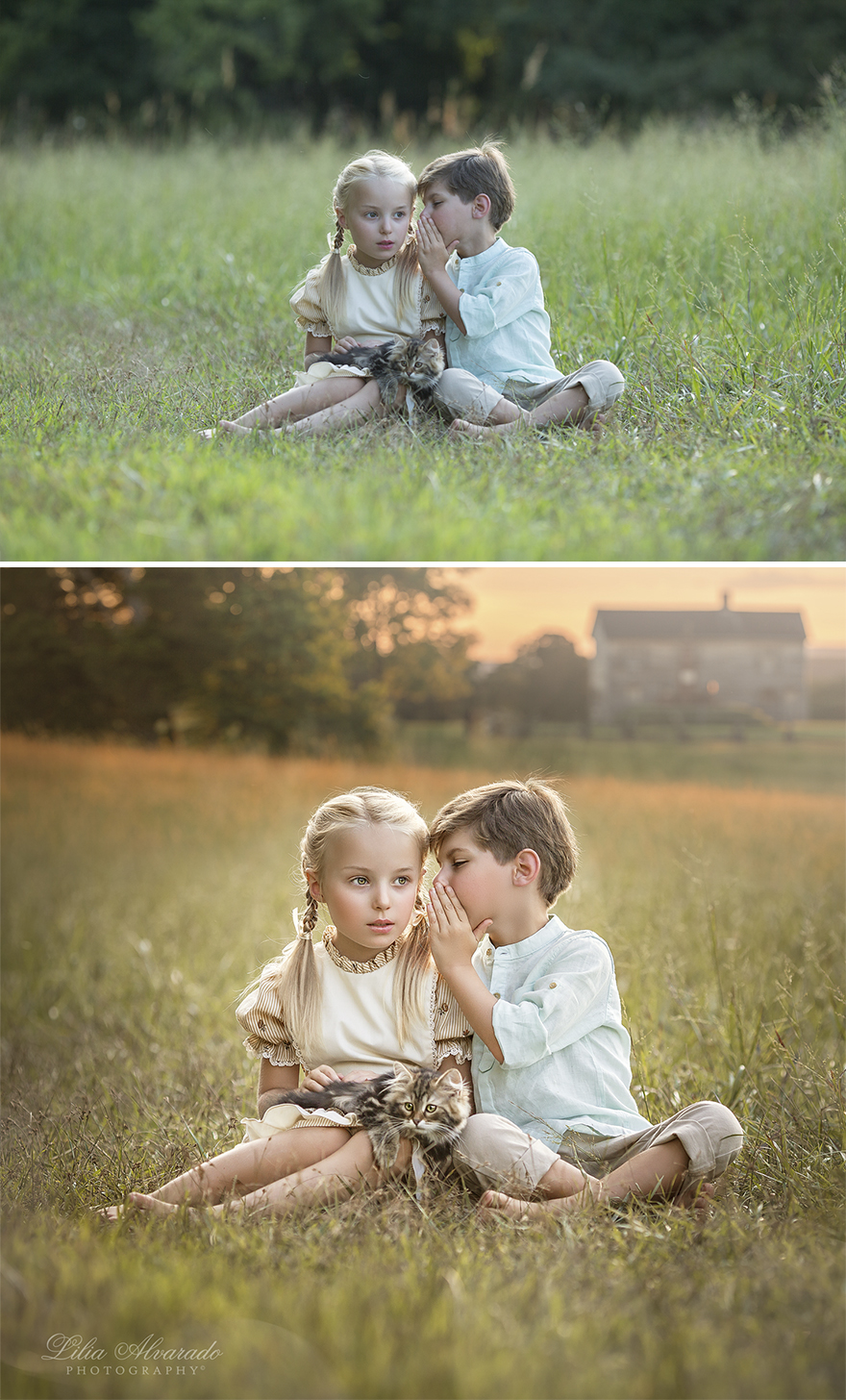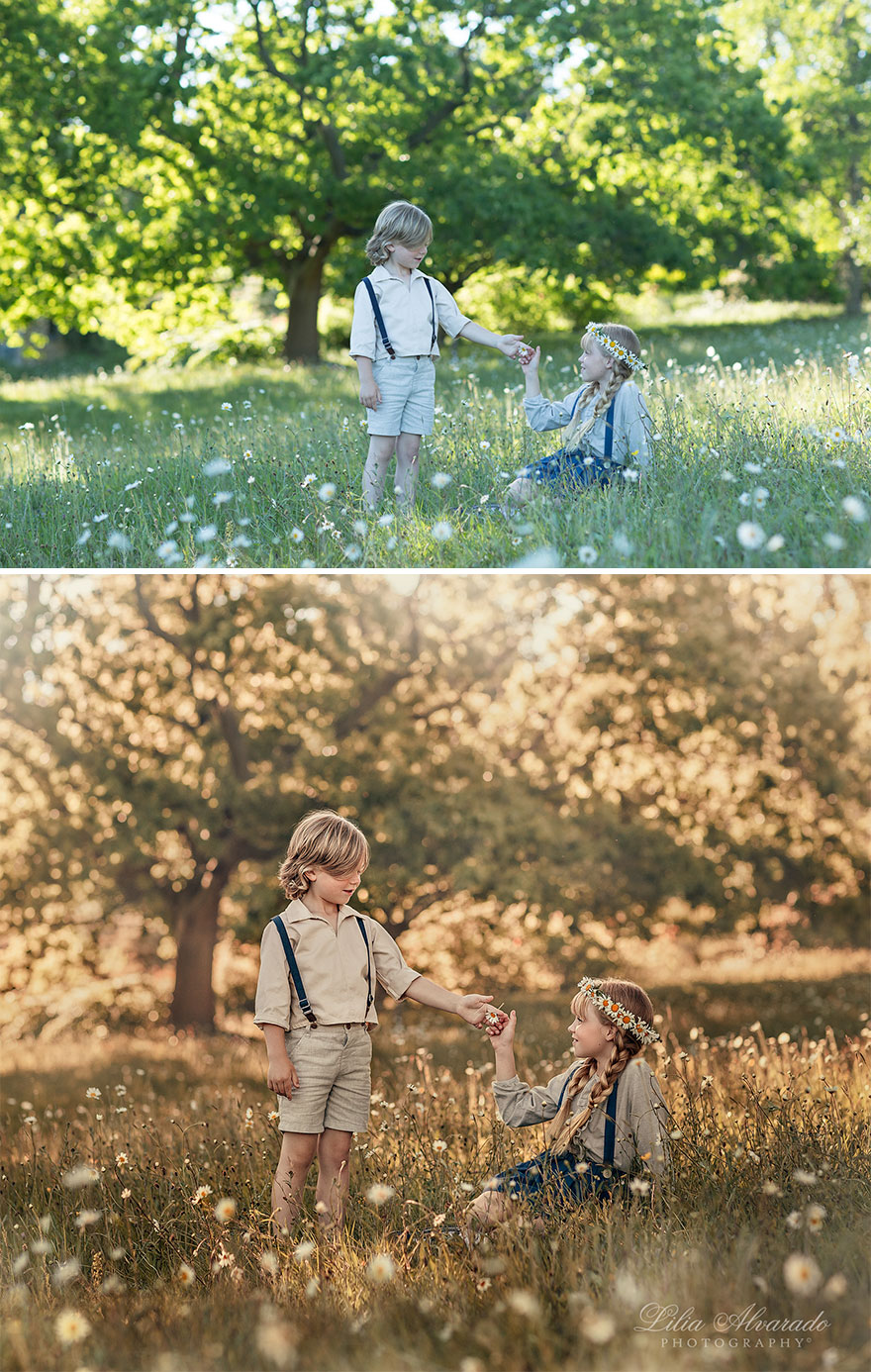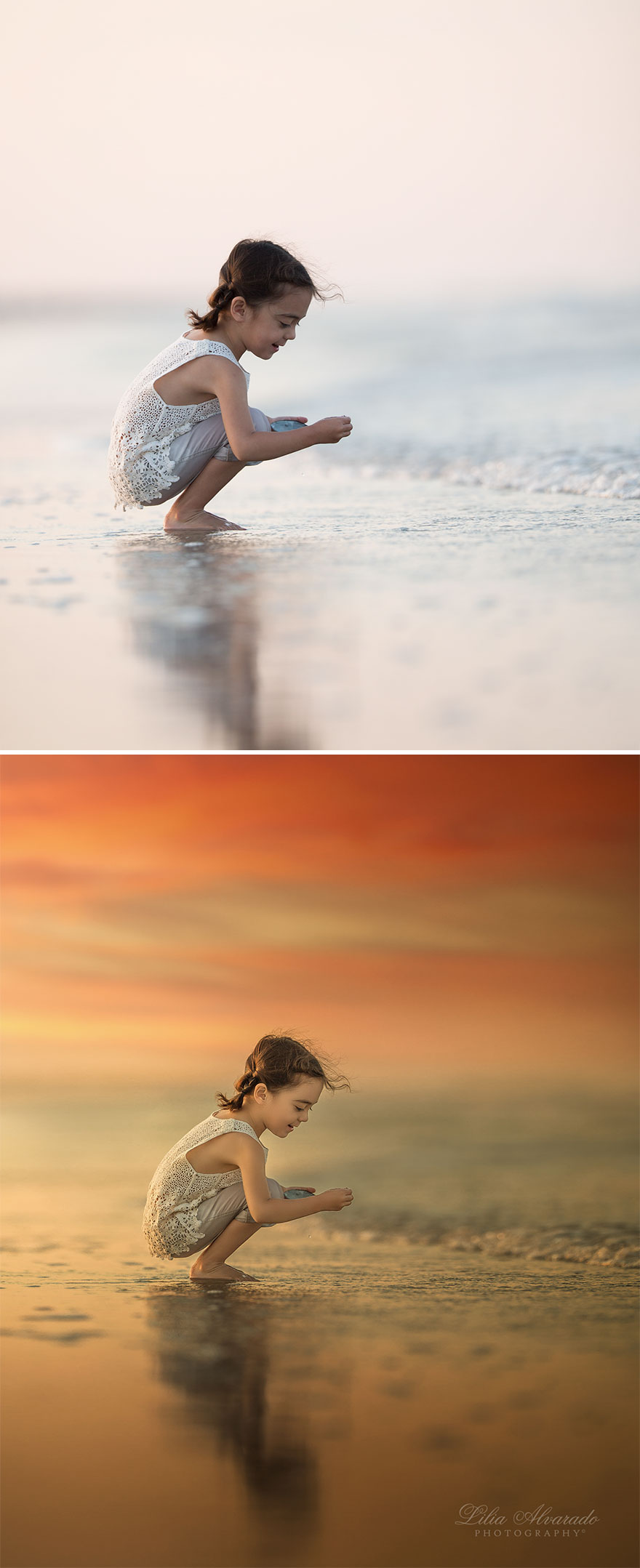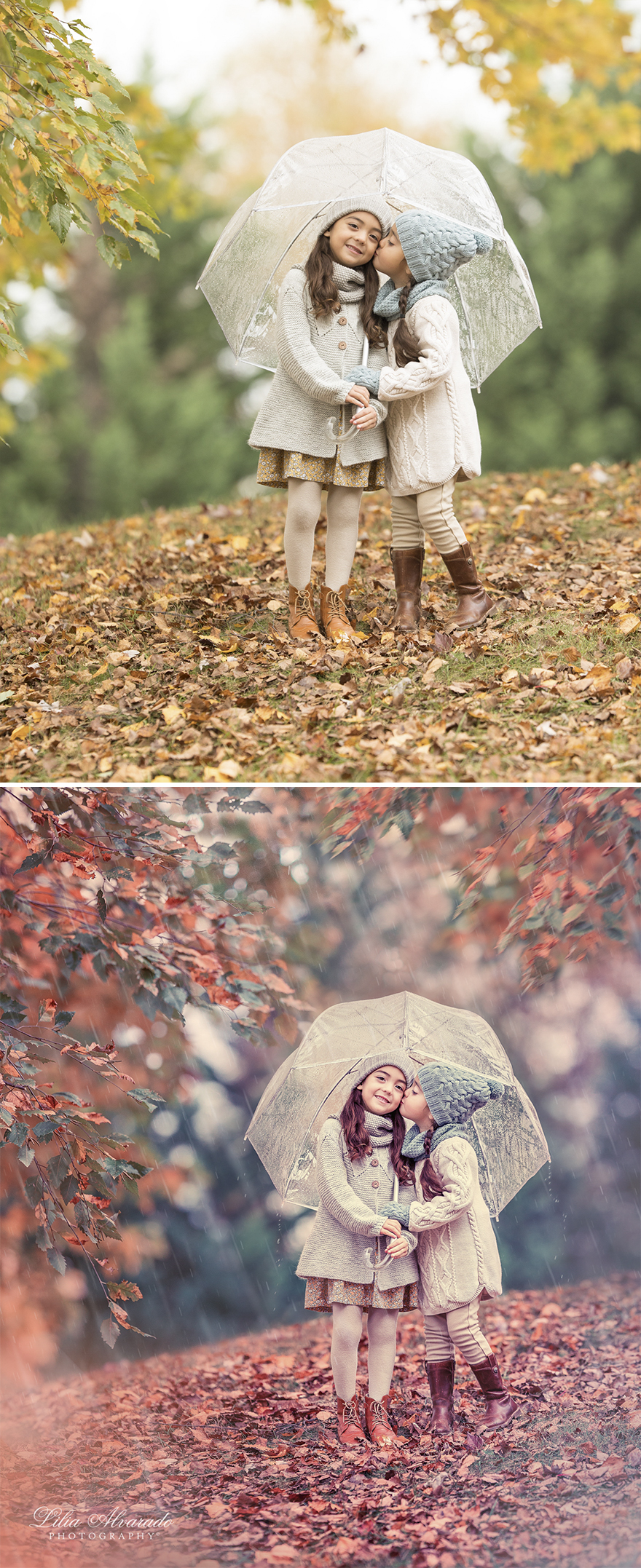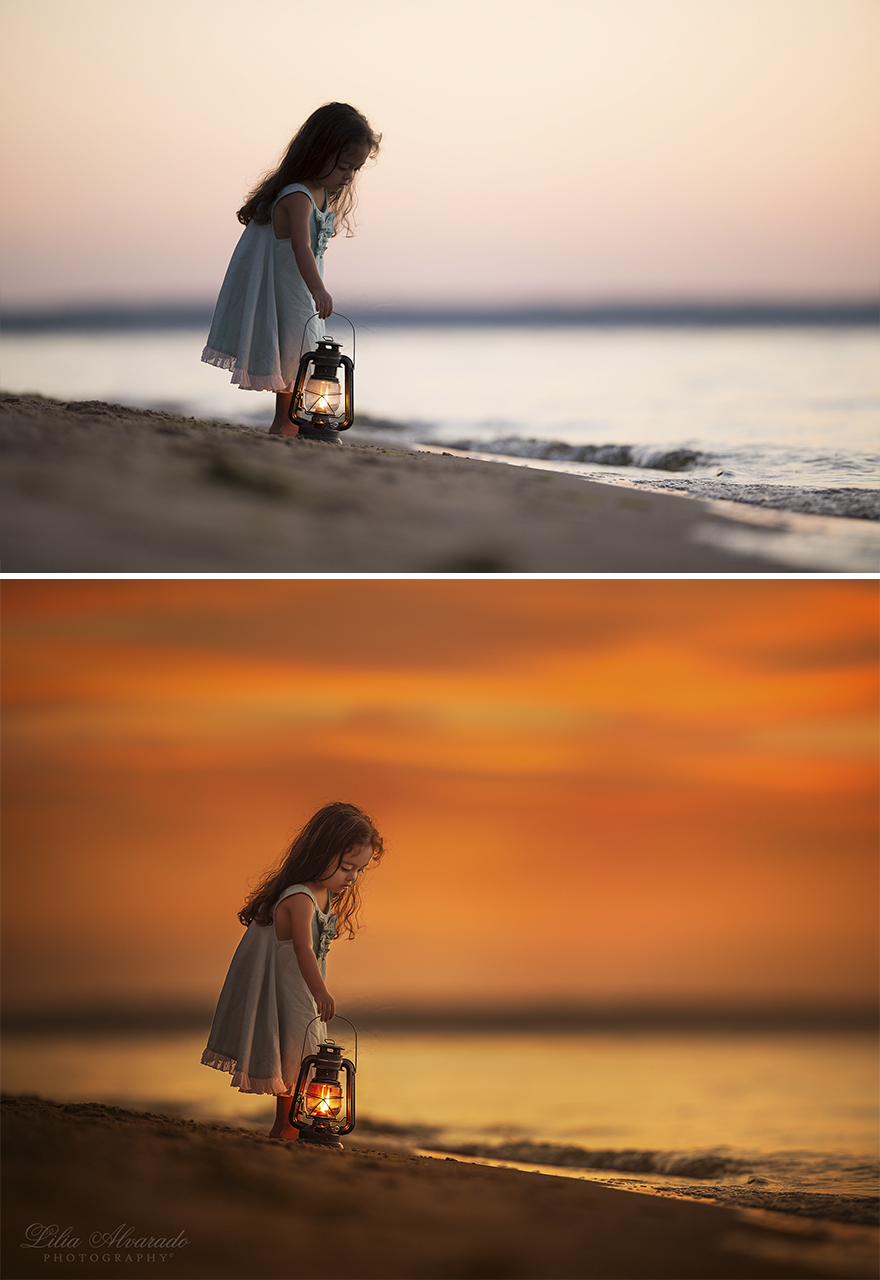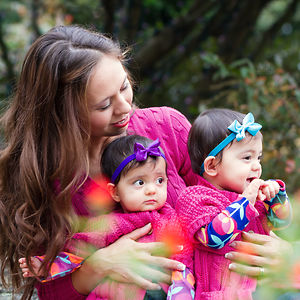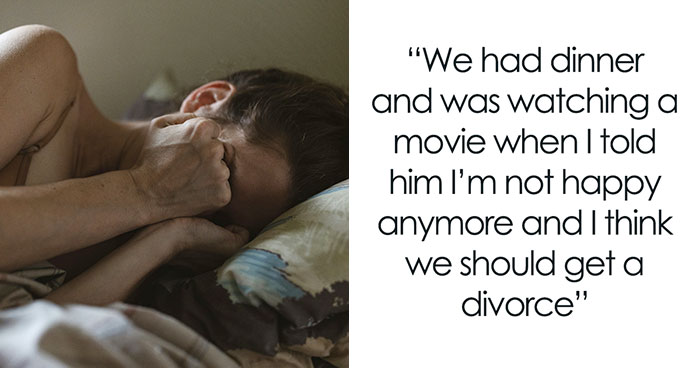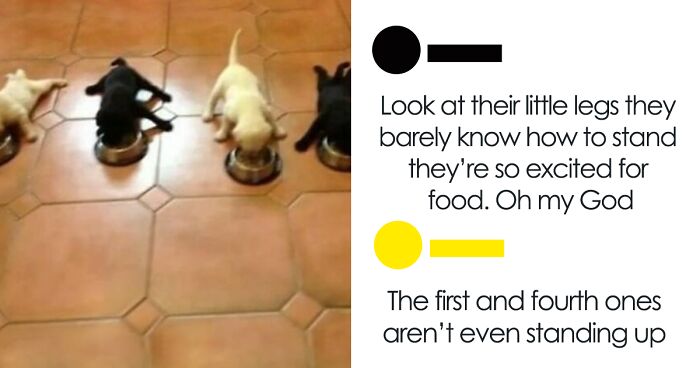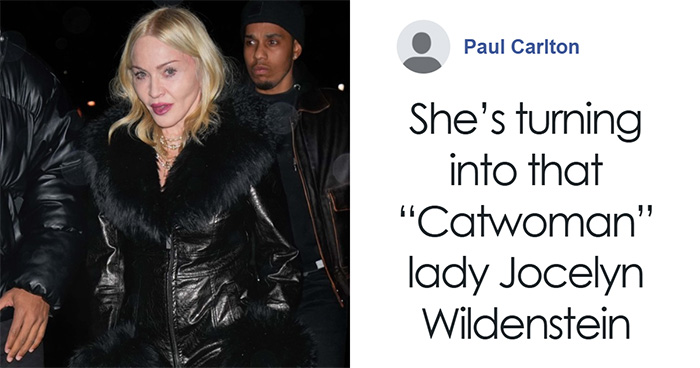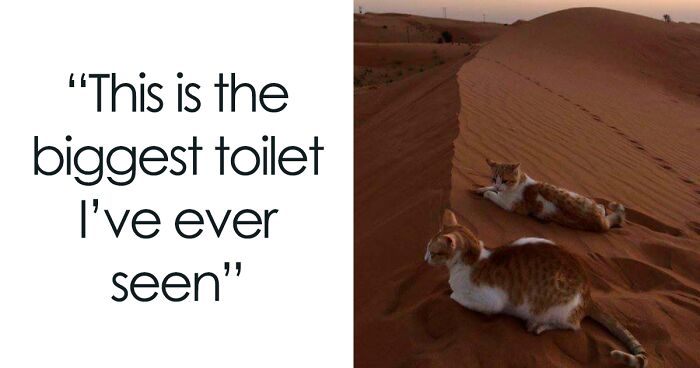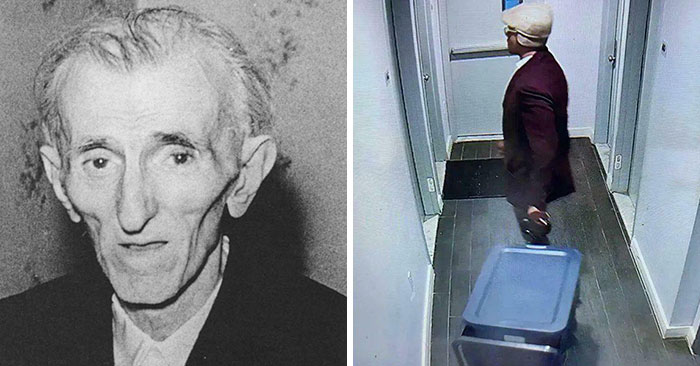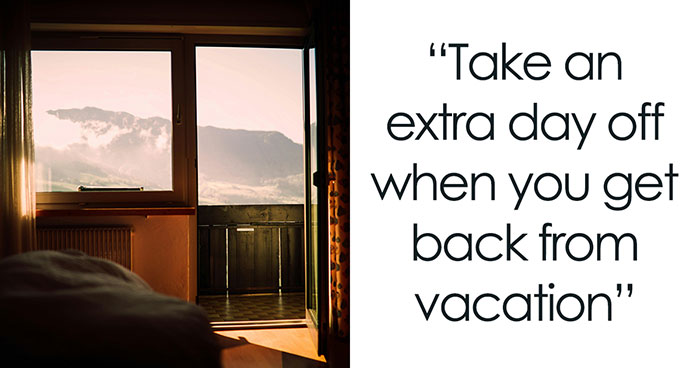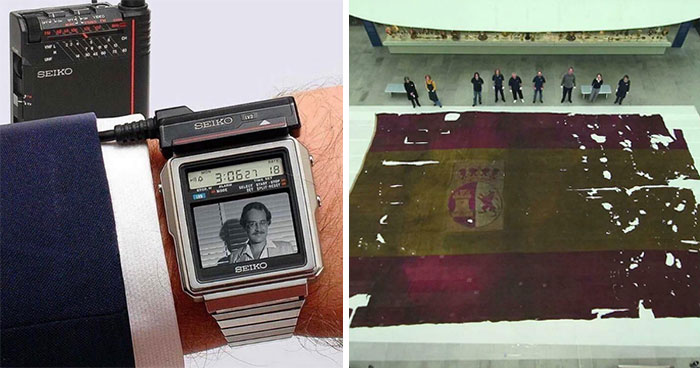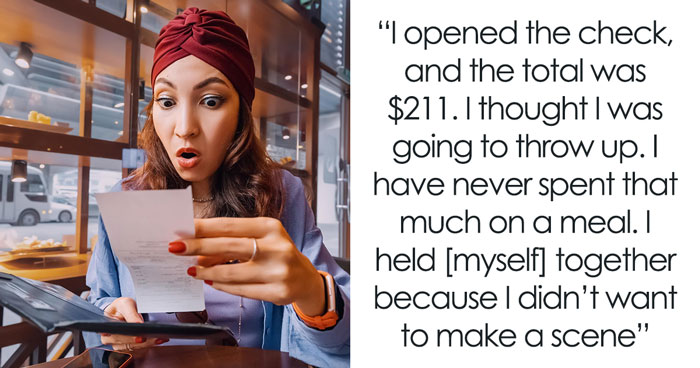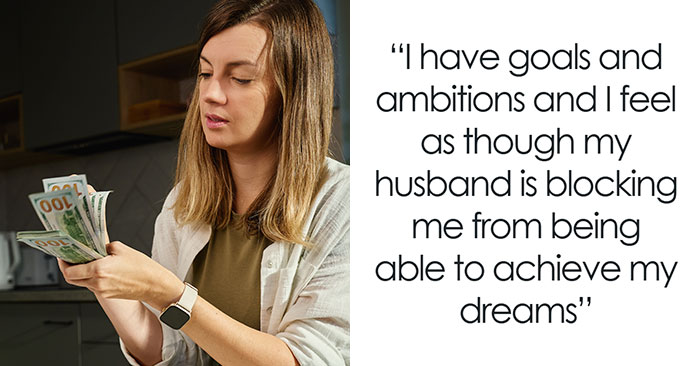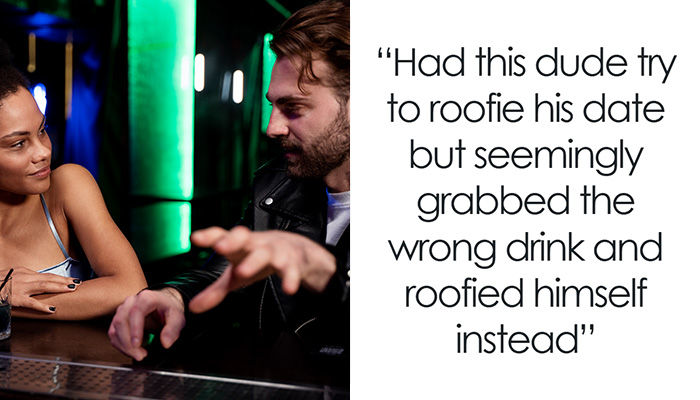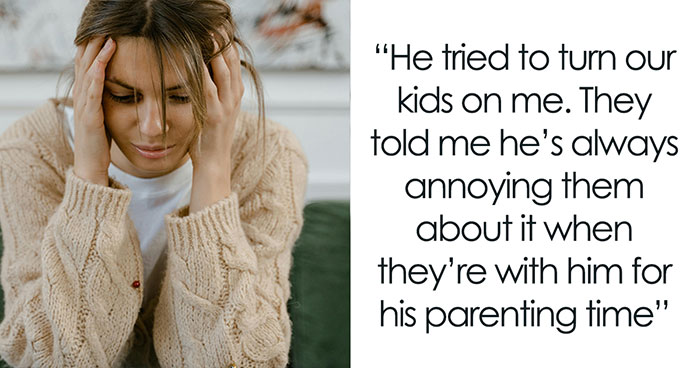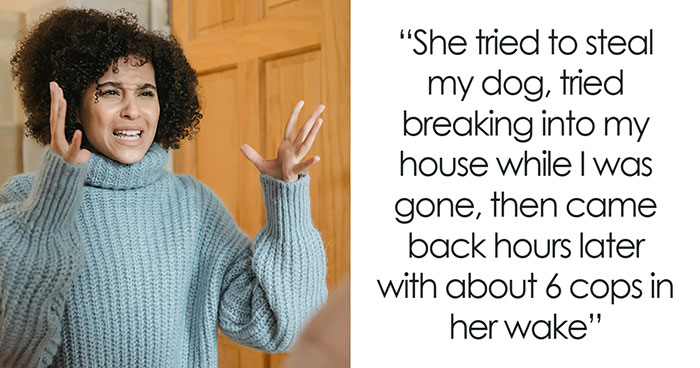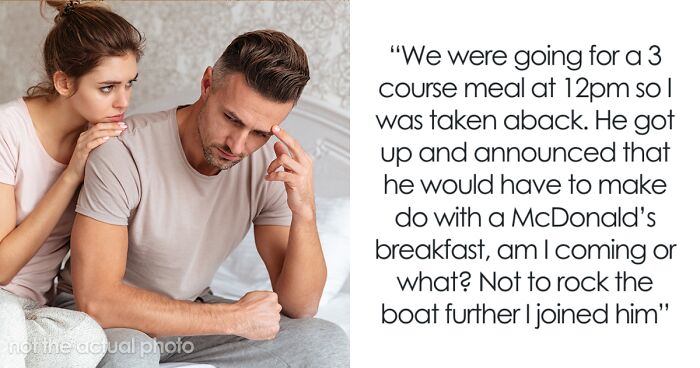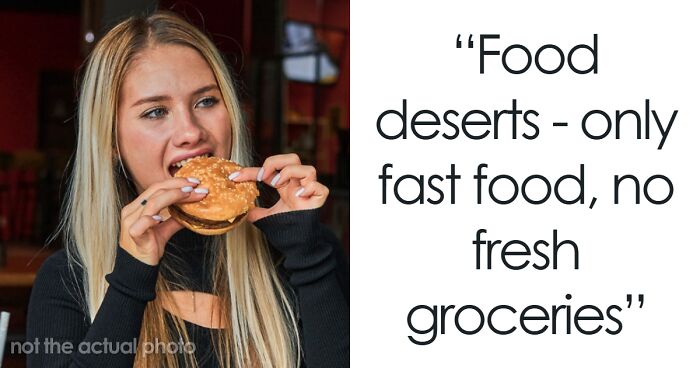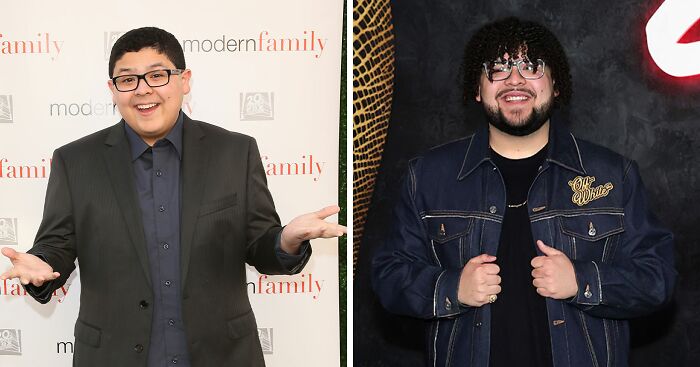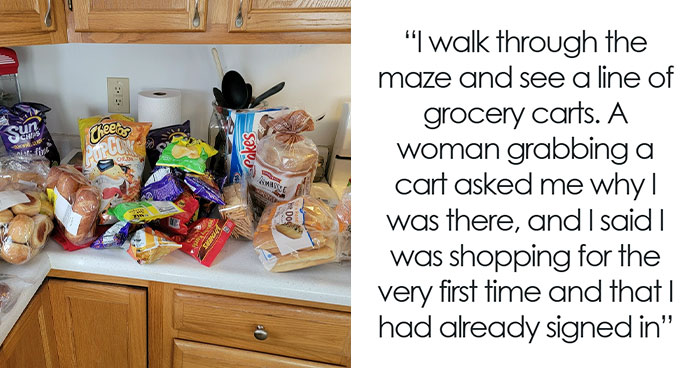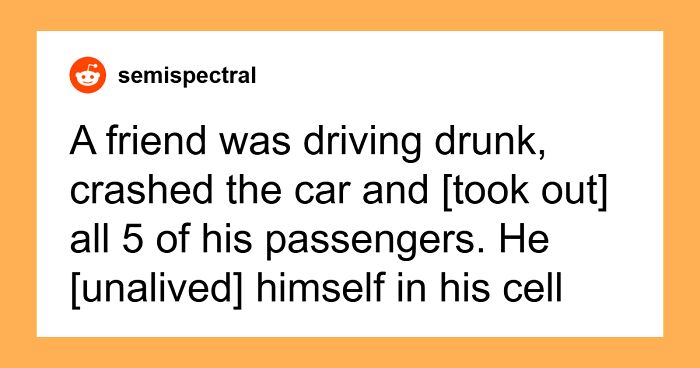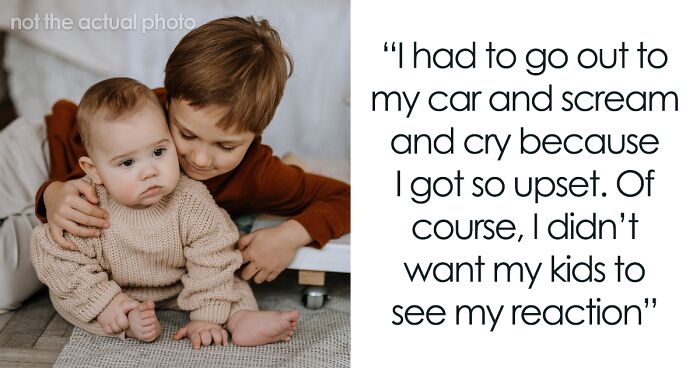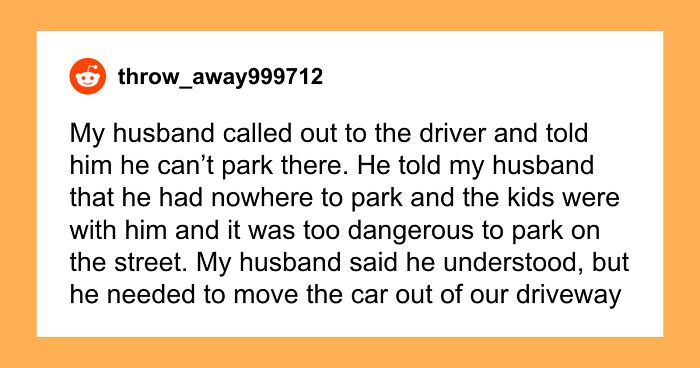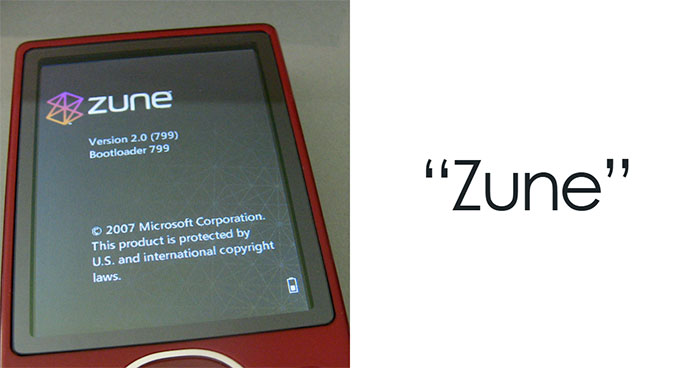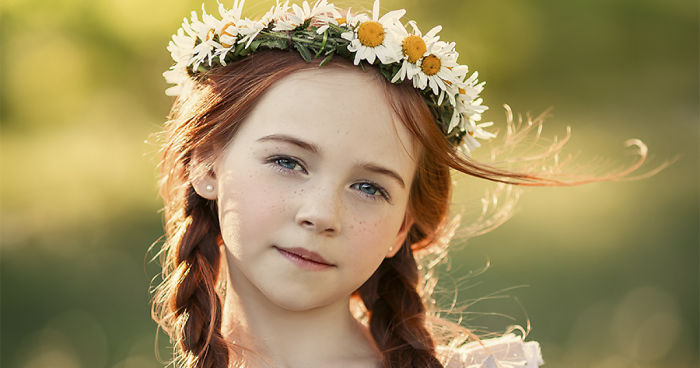
334Kviews
People Told Me My Photos Are Too Photoshopped… Here’s My Reply And The Original Images
I recently shared a photo I'm proud of on Instagram. Reactions ranged from very positive to those denying my work the title of “a photograph,” calling it “computer graphics,” or “photo-graphics.” This got me thinking. Do people really understand the concept of photography art and why are they so adamantly against photo manipulation?
I became passionate about creative photography after the birth of my twin daughters Annabella and Juliette; my little kids inspire me every day in my work. Through photography, I strive to enter the world of my two children, to grasp all the childhood whimsies, and to recreate these magical moments that we all look back on and smile. This means using whatever photographic tools will get me closest to that vision. Photo editing is just one of those tools.
Photography was invented over 180 years ago, but it's only with the relatively recent invention of digital editing software that creative photo manipulation has become the subject of popular controversy. Really though, this just shows our lack of awareness of the history of photography: image manipulation didn't start with Photoshop. In fact, it's always been an essential part of what photographers do.
As I dug a little deeper, I came to realize that art and news photographers have been manipulating their photographs since the very first days of photography. So the argument that a particular image is less of a photograph because it has been retouched didn't seem at all convincing to me. If we started ruling out retouched and photoshopped images from the category of photographs, we would be left with not a single photograph in the world.
Since the invention of photography, image manipulation has been a key part of it. The 19th-century photographers liked to call it “removing imperfections” from the shot, and they did it by painting directly onto the glass-plate negatives. Sometimes, an entire person would be “painted out”. Moreover, they would combine multiple frames in the darkroom to add dramatic elements to their stunning pictures.
Similarly, most new photographs, made over the course of the last century, will have been cropped, dodged, burned, and even painted to some degree. The photographer does this in order to better illustrate the story in the paper. Even the snaps in the family photo album vary, depending on the film, the chemicals, and the color settings used. Most photos are certainly not simply neutral, un-manipulated snatches of the real world. They are rather a real-world story told in a beautiful way.
Sure, I can see why heavy use of Photoshop might be worrying in the area of photojournalism, but I do not consider myself a documentary photographer. Far from it. In fact, I think my work is a little like making a still movie. Image manipulation has always been a part of filmmaking too, but nobody ever suggested that a movie using a blue - screen or CGI is not a movie (cinematography?). There is art in applying these techniques as well. Thus, I will use whatever photographic tools will get me closest to my photo ideas.
The word photography literally means writing or drawing with light. The process of making an entirely computer-generated image - such as a digital illustration or animation - couldn't really be described as "writing with light." This contrasts sharply with my way of working: in simple terms, I make images using a box with a hole that lets light in - so they can definitely be considered "photo-graphs". The fact that I edit these images afterward using software doesn't change this. In any case, it's not fundamentally different from what people were doing in the darkroom over a century ago.
Now that I have tried to raise awareness about the history of and about photography in general, I would like to hear your opinion. How would you define photography? Please share your thoughts on when a photograph stops being a photograph. How much manipulation is too much manipulation?
More info: Instagram
This post may include affiliate links.
Happiness Is...
This one, for me, has the most dramatic change in mood. It goes from enjoying small moments despite adversity, to the sweet, pure innocence of childhood.
Spring Breeze
Softness
Happiness Is... A Warm Puppy
Breathe In The Ocean
Spring Is Here
You did not just "remove imperfections from the shot"... This is a whole lot more of changing. It still is very beautiful work.
Can You Keep A Secret?
Lilia, these are all beautiful photographs! The different tonal qualities you show make each one so different! They are amazing! Most people don’t understand the definition of the word photograph or photographer. A picture does not a photographer make! But you, are a true photographer! Thank you, for these amazing sweet pictures!
Boy And A Girl
What Does The Tide Bring
Sister's Kiss
I actually much prefer the unaltered photo on this entry. There's authentic, cheerful fall crispness about it that quite draws me in. I think this is lost in all the red tones applied in the altered photo and the rain effect comes off as very false. For some reason it reminds me of those rather tacky Sears Family Photo pics circa 1970's & '80's where the subject was placed in a champagne glass or something with a loved one in profile looming them. Again, just my opinion and the original photo is lovely in its own right.
Dawning
I actually prefer the original photo here. It's much more ethereal and pleasant to my eye than the second one, which changes to an almost hellish, bizarre feel. I mean no offense, it's just my opinion. From all the shots, this one with the girl on the beach is the one that I think it's been worked a bit too much. Very beautiful photos, though.
Unfortunately we can't always take a picture of what the reason was that brought us to the location. We can't always recreate the beauty when it is time to take the photo. By editing it, we can let the picture reflect the true beauty the artist sees.
I'll give my take on photo manipulation, and the 3 levels of it: The first level is what I would consider a normal part of real photography. This is just upping the exposure or reducing the contrast on an entire image, or cropping or zooming; stuff one can do in the Photos app on OSX without any real photo manipulation software. The second level is Lilia's work here: adding hues, tones, effects, etc. Even adding or removing bits of the images counts as second level. And this is the most controversial because it makes beautiful art, but a lot of people pretend they didn't manipulate their photos, and that these are the originals. That's why there was backlash to your photos: people thought you were claiming they were unedited. the third level is like Eric Johansson's art: using Photoshop to combine several, dozens, or even hundreds of photos and images into one piece of art. In conclusion, image manipulation software is a great tool to improve photos, but it needs to come with honesty.
Very interesting, Django! Thanks for sharing! What do you think about this: https://gajitz.com/fake-history-6-photo-manipulations-way-before-photoshop/
Load More Replies...I believe everyone deserves the right to express their vision and creativity. Just because someone doesn’t agree with your work doesn’t mean it’s wrong. Jealousy is often expressed through negativity which is sad. It would be pretty boring if everyone would do things the same. I know for a fact that you inspire a lot of people, creatively and professionally. You are enhancing your subjects by letting them shine, giving them the full attention in the photography without distractions. All the edits are gorgeous and you can be very proud of yourself!
Unfortunately we can't always take a picture of what the reason was that brought us to the location. We can't always recreate the beauty when it is time to take the photo. By editing it, we can let the picture reflect the true beauty the artist sees.
I'll give my take on photo manipulation, and the 3 levels of it: The first level is what I would consider a normal part of real photography. This is just upping the exposure or reducing the contrast on an entire image, or cropping or zooming; stuff one can do in the Photos app on OSX without any real photo manipulation software. The second level is Lilia's work here: adding hues, tones, effects, etc. Even adding or removing bits of the images counts as second level. And this is the most controversial because it makes beautiful art, but a lot of people pretend they didn't manipulate their photos, and that these are the originals. That's why there was backlash to your photos: people thought you were claiming they were unedited. the third level is like Eric Johansson's art: using Photoshop to combine several, dozens, or even hundreds of photos and images into one piece of art. In conclusion, image manipulation software is a great tool to improve photos, but it needs to come with honesty.
Very interesting, Django! Thanks for sharing! What do you think about this: https://gajitz.com/fake-history-6-photo-manipulations-way-before-photoshop/
Load More Replies...I believe everyone deserves the right to express their vision and creativity. Just because someone doesn’t agree with your work doesn’t mean it’s wrong. Jealousy is often expressed through negativity which is sad. It would be pretty boring if everyone would do things the same. I know for a fact that you inspire a lot of people, creatively and professionally. You are enhancing your subjects by letting them shine, giving them the full attention in the photography without distractions. All the edits are gorgeous and you can be very proud of yourself!

 Dark Mode
Dark Mode 

 No fees, cancel anytime
No fees, cancel anytime 



